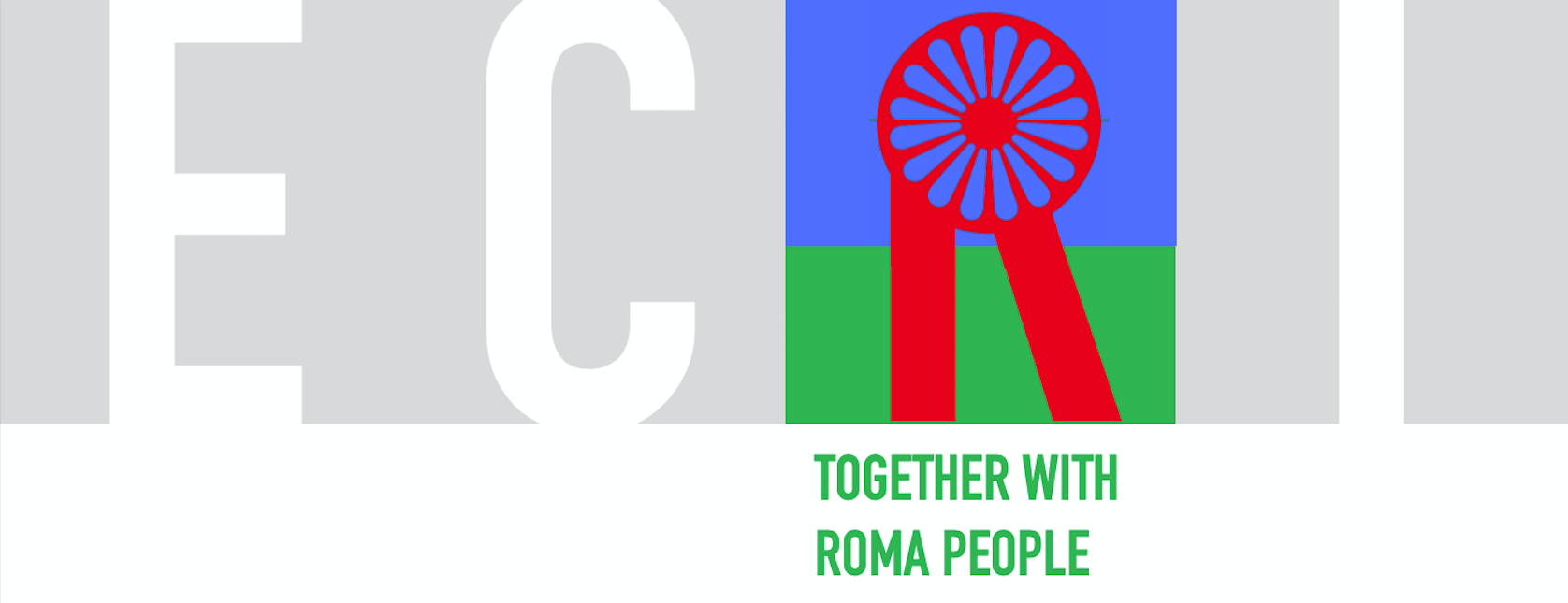Roma people are the group that probably has ethnic representatives across Europe and beyond the Atlantic Ocean. There are different hypotheses about their origin – some think they come from India, others from Egypt. Nevertheless leading is the hypothesis they come from India, based on linguistic comparison between Romanes and Sanskrit. To date, some Roma groups have linked themselves to Egypt – for example, so called egypts in Macedonian and Kosovo (few of them live in the most southwestern parts of Bulgaria) and others.
The initial range of Roma settlements was the Balkans, and in the 14th century (according to some in the 12th century) written records of their presence on the peninsula were noted. Many call the Balkans “the second homeland of the Gypsies,” and the Romanes language – “Balkanized Indian Language” (Pamporov, “Gypsies in the Ottoman Empire”). Gradually, they began to settle in the Western Europe, occupying a wide perimeter of population, accepting the cultural specifics (linguistic, religious, ritualistic) of the dominant community in territorial unification, yet preserving their cultural heritage. For the year of the Ottoman rule in Bulgaria, Roma people co-lived as Ottoman citizens.
During World War II there were persecution of the Roma in Death Camps. Nearly 19, 300 Roma were killed in the Auschwitz-Birkenau camp. According to data from various studies, the victims of this genocide are between 250,000 and 500,000 Roma. In Romanes this is called Poraymos and the memory of the victims is celebrated on the occasion of the International Roma Day on 8th April.

The time of the Bulgarian Socialism (1944-1989) is time for both positive and negative changes of Roma peoples’ life in Bulgaria. In that period the Romani groups who were still having nomadic way of living – moving from place to place, building temporary homes (called catuns) were settled down in 1958 by a decree of the Council of Ministers “To Settle the Issues of the Gypsy Population in Bulgaria. It prohibits “roaming and begging” and all citizens are obliged to “deal with socially useful labor and to work according to their strengths and abilities”. Most of the Roma people whose generation lived in that period remembers about it with high levels of nostalgia – when they all had work, were better educated, lived in better housing conditions and had better relations with their neighbours and the Bulgarians, in particular. After the changes in 1989 with collapse of the Socialism, the situation has changed dramatically not only for Roma people, but the whole country. Separations and divisions among the community started to occurs that affected Roma, Turks, etc.
According to a report of the European Commission: ‘Millions of the European citizens from Roma origin are object of permanent discrimination (on personal and institutional stage simultaneously) and of large-scale social isolation’, they live in risk of poverty, unemployment, inflicted stereotypes and prejudices.’ (Yorgova, Lukanova et al. 2011, p. 132) They are considered by different institutions as a group with social, economic, cultural, etc. problems as a minority that is not “well” integrated into the society, which refers to the media images as well. In political perspective the mass speculation is about Roma people as vote banks – they are perceived as electorat, one can buy for less than 10 EUR per vote. The European Union has devoted particular attention and resources to a number of programs designed to improve the living conditions of the Roma. In Bulgaria, the first program is in 1999 followed by the national action plan, part of the international “Decade for Roma Inclusion 2005-2015”. The last program is based on the principles of the Framework Program for Roma Integration in Bulgarian Society (2010-2020) with priority areas for action in the sphere of education; health care; housing conditions; employment; non-discrimination and equal opportunities; culture.
Aneliya Avdzhieva, Svetoslava Mancheva



